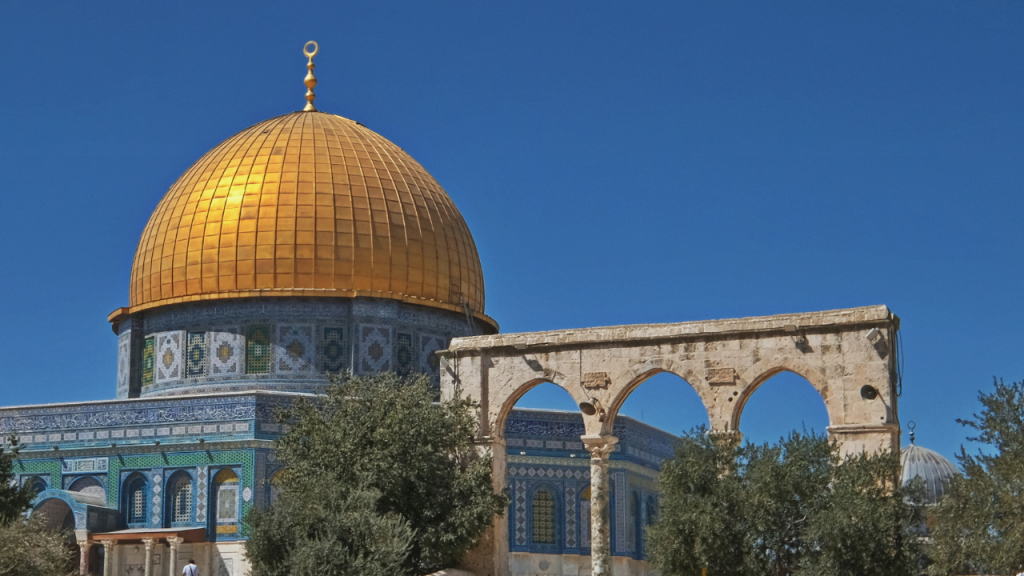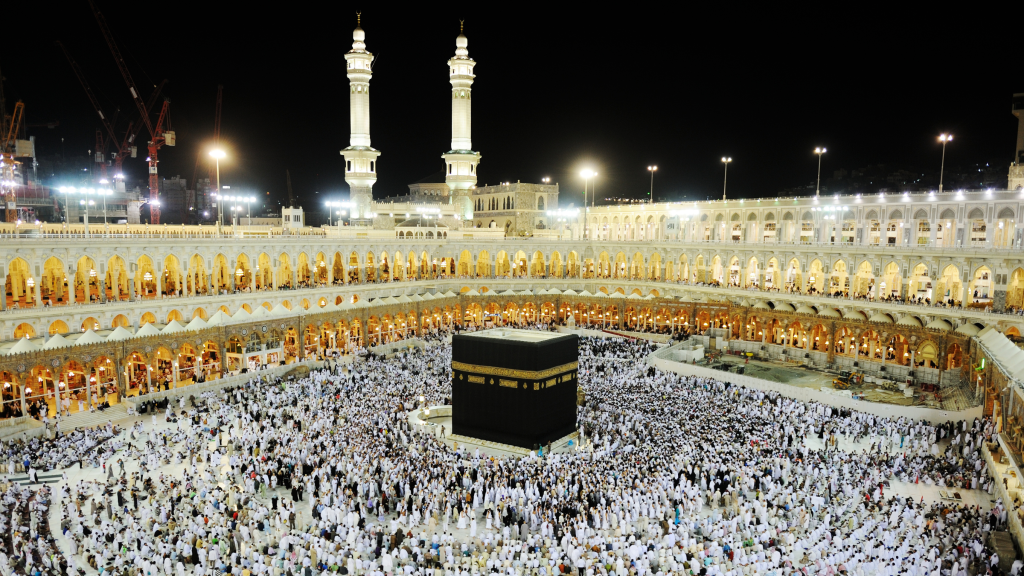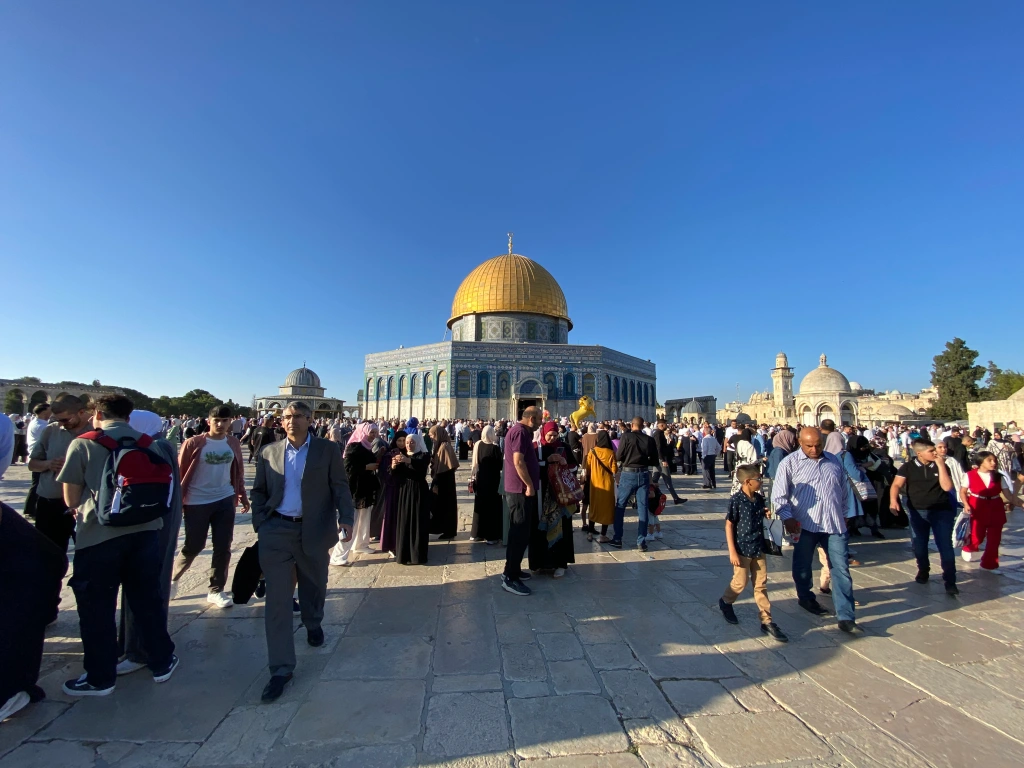Turkey now has almost twenty World Heritage sites which includes landmarks such as the ancient city of Ephesus, the magnificent Selimiye Mosque and the bizarre Mount Nemrut. But hidden away from all that in the unofficial capital of Turkey’s predominantly Kurdish southeast region, stands one of the most fascinating additions to the list of World Heritage sites.
THE DIYARBAKIR WALLS

Whilst the city of Diyarbakir is often at the centre of controversy, it often goes missed that it’s history is a glorious one which dates back 5,000 years ago, with the “dark and dim” Hurrians. With Diyarbakir being located within Upper Mesopotamia, agriculture was at the heart of the city; with its beautiful walls located perched above the River Tigris, the city overlooks the 8000 year old Hevsel Gardens which consists of seven hectares of land on both side of the Tigris River.

But coming back to the walls, the city became rather popular due the fame of its black-basalt Roman walls, which covers a distance of four-miles around its labyrinthine old town. Due to it being one of the largest, longest and most impressive monuments from ancient times, Diyarbakır’s city walls are considered by many to be the world’s longest city wall after the Great Wall of China!
Basalt rocks with two different types of textures were used in the construction of the Diyarbakir Walls. But there were drawbacks to using this type of material. Basalt may have its advantages, such as being a long-lasting construction material, but it starts to deteriorate when it faces environmental and structural stresses. We noticed quite often as we were walking along the very unsafe walls that there was a lot of stone deterioration. This is probably what has lead to the walls losing their value and stability.

There are four main gates and eighty-two watch towers on the walls, ideal for those looking for vantage points. The walls were known to be impenetrable due to it thickness and sturdiness. But that doesn’t mean people didn’t try. Many empires that have come and gone have all had their fair share of tries at knocking parts of the wall down without any success.
Today it no longer really serves the purposes of fortification. Today its become a popular tourist spot and a chill out zone for locals and tourists. Many people come to this city not only to admire the historic walls, but also to daringly walk on top of it. Thats the part I enjoyed too but I couldn’t help but notice its very deteriorating state. Many years ago it may have been possible to walk across much of the city this way, but I doubt that’s the case today. It can be a challenge to walk across some parts, and although the dark passageways leading to the top are best avoided, I decided to head inside anyways!

Here’s a quick video of me heading inside one of the dark passageways within the walls!




![Best SIM Card To Buy For Your Umrah Trip [2024]](https://muslimsgotravel.files.wordpress.com/2024/02/untitled-design-2024-02-24t215000.415.png?w=1024)
Leave a comment